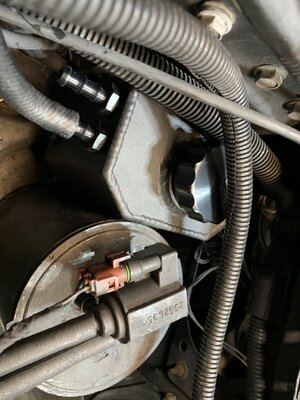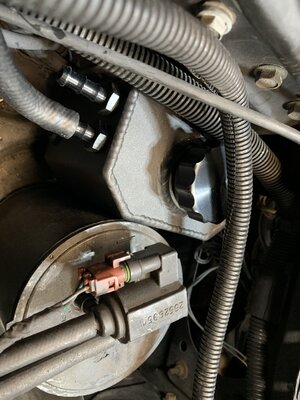daredevil95
Member
- Joined
- Oct 21, 2012
Hi, I just got done installing a rebuilt engine. Prior to the rebuild, the PCV was in the intake and connected to nothing, oil everywhere....The PCV hose coming off the vacuum block had a bolt in the end of it. It was like this for over 10 years. Since it's now rebuilt, I don't want that BS anymore and I installed a catch can. Basically I have a new PCV in the intake, new gromet and a hose that runs from the pcv straight to the catch can. My concern is, I was reading a bunch of old posts and a lot of the posts mention a check valve? Something to do with boost IDK? In my current set up (pics below) do I need a check valve & do I have the pvc oil catch can setup properly? The actual can is up front driver side behind headlights (only space I have). I am getting close for the first start and this is a item of concern and I'm sure I'll be asking a couple more questions in the next few days. I'm addressing one problem at a time. Thanks in advance.
Gene




Gene




